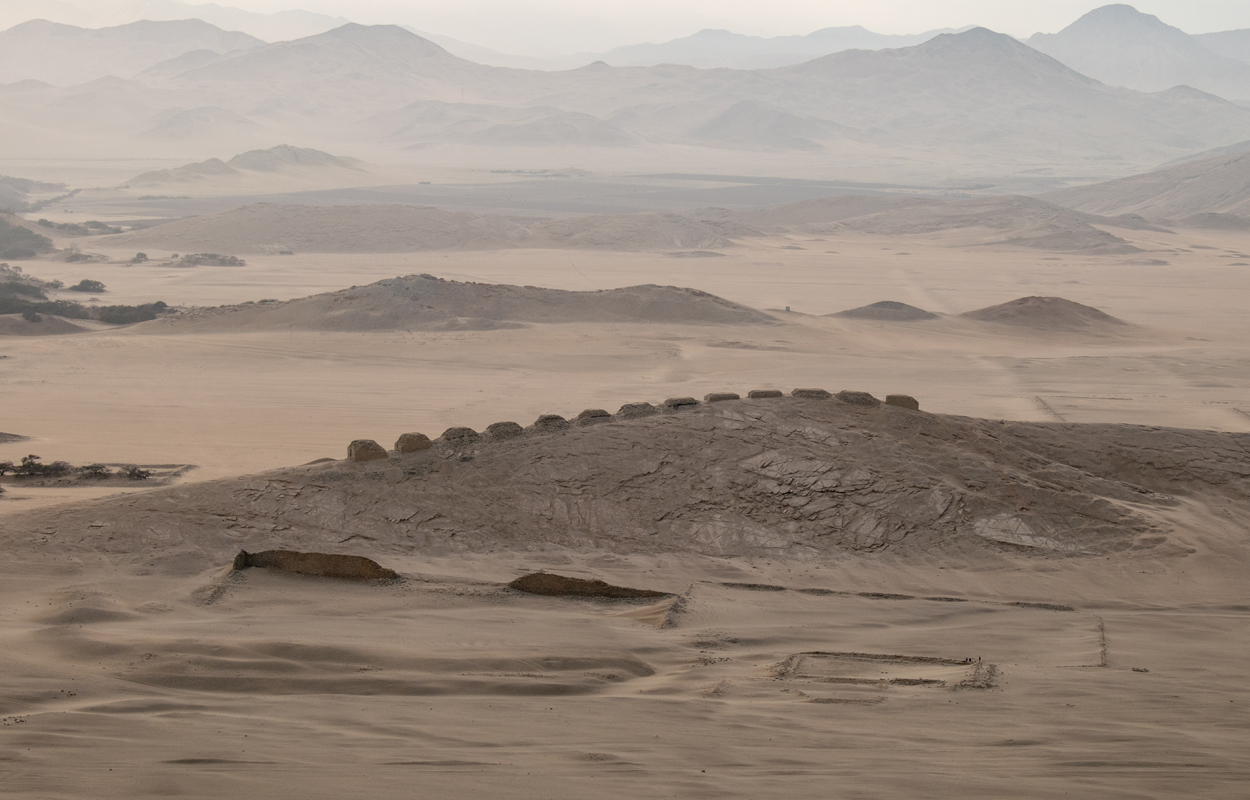Archaeologists have discovered a sculptural vessel depicting warriors in combat at the ancient Chankillo Archaeoastronomical Complex.
The Chankillo Archaeoastronomical Complex is a prehistoric site constructed by the Casma/Sechin culture, located in the Casma Valley on the north-central coast of Peru.
Dated to around 250-200 BC, the site consists of man-made constructions and nature features that functioned as a calendrical instrument – using the sun to define dates throughout the year.
The main features are a monumental triple-walled hilltop structure known as the Fortified Temple, two architectural complexes identified as the Observatory and the Administrative Centre, a line of 13 cuboidal towers extending along a ridge, and the Cerro Mucho Malo.

The recently discovered vessel was found at the entrance to the Observatory, which experts suggest was intentionally broken as part of a ritual offering. It is decorated with ceramic figurine depictions of Casma/Sechin warriors, likely related to the Fortified Temple.
According to a press announcement by the Peruvian State: “This discovery confirms that ritual objects not only had a ceremonial importance but also conveyed messages of identity and authority.”
“The vessel adds to other evidence linking solar ceremonies – organised based on astronomical observations at the Thirteen Towers of Chankillo – with the rise of a warrior elite that consolidated its power through ritual, control of the solar calendar, and military force,” added the Peruvian State.
The Casma/Sechin Culture
The Casma/Sechin culture emerged between 1800 BC and AD 200 in the Casma Valley of northern Peru, in the present-day Ancash region. It was one of the earliest cultures on the Peruvian coast before the rise of later societies such as the Moche and Chavín.
Header Image Credit : Ministry of Culture
Sources : Peruvian State

